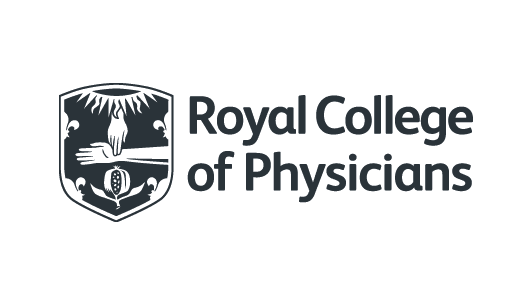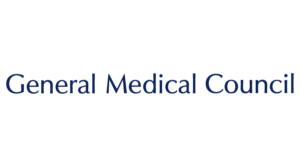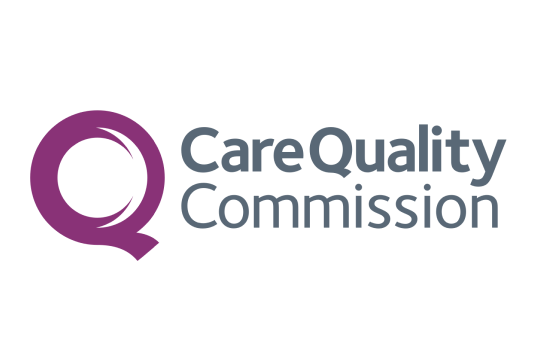Cellulites (also known as orange peel skin) are for some regarded as a cosmetic problem and they are more common than you may think. About 80% – 90% of women have them sometime during heir lifetime. Men are however not affected to the same extent, besides they might not see it as much of a concern as women do.
WHAT IS THE DIFFERENCE?
Cellulites and stretch marks are different and have different causes. CELLULITES make the skin look lumpy or dimpled and appear most commonly on the hips, buttocks and the thighs. It is important to differ cellulites from cellulitis, the latter being a skin infection.
Cellulites occur due to a variety of reasons such as genetics, hormones and dietary habits. They form when the subcutaneous fat pushes through the connective tissue under the skin. Importantly they can occur in people with a low amount of subcutaneous fat as well. Cellulites might develop into palpable nodules overtime.

STRETCH MARKS are dermal scarring and are caused by overstretching of the skin and commonly occur in women during pregnancy. However, they may also happen during weight gain. Stretch marks are most commonly seen on the abdomen, thighs, upper arms and also around the breast. Undoubtedly, genetics also play a role with and weaker skin being more prone to formation of stretch marks.
WHAT CAUSES CELLULITES AND IS THERE A TREATMENT?
The following points describe how cellulites may occur:
- The skin looks completely smooth, however pinching the skin or during muscle contraction dimples might form.
- The skin looks smooth on lying down, but the dimples become visible when standing
- The cellulites might be visible whether standing or lying down. There might be some nodules, dimples, and maybe even local soreness of skin along with pain.
As medical science is learning more about adipose tissues (fat cells) and their role in wellbeing, cellulites are not regarded as a purely cosmetic problem. It is now understood that apart from genetics, some health conditions may be associated and worsen the cellulites.
There is evidence that LIFESTYLE and DIETARY habits might be the primary accelerator of the cellulites. DIABETES mellitus, low physical activity, SMOKING and ALCOHOL consumption may damage local blood vessels and contribute to cellulite formation. Of note is that the FEMALE HORMONES also play an important role. Cellulites may first appear during puberty and it is frequently exacerbated during pregnancy (due to an upsurge in female hormones). Similarly, cellulites occur more frequently among postmenopausal women who are on hormone replacement therapy.
Now that we have discussed what cellulites are and how they occur, is there anything you can do about them? Living a generally healthier lifestyle, being mindful of dietary changes and exercising will benefit you in so many different aspects than just the reduction of occurrence of cellulites. Massage therapies, body contouring devises and surgical procedures are other kinds of modes of treatment.
WHAT CAUSES STRETCH MARKS AND HOW CAN IT BE TREATED?
In medical terminology, stretch marks are called striae distensae. During the initial stages they have a red or purple colour and later become pale white. Stretch marks are caused due to the weakness of the dermis. The cells that produce collagen and elastin become affected and hence the skin becomes weakened. This happens in particular where there is new skin growth. Eventually there is gradual loss of the upper layer of the skin and the redness is due to vascular damage. At later stages stretch marks become pale which is due to overgrowth of connective tissue.
Pregnancy is the most frequent cause of stretch marks. Other causes are endocrinal diseases (e.g. Cushing’s syndrome), obesity, chronic steroid cream and tablet usage.
TREATMENT
Despite being a common skin condition there is not one treatment that works on all individuals. Treatments for stretch marks can be divided into two groups; topical and instrumental.
There are hundreds of topical creams available, though very few of them are tested in clinical conditions. These creams may contain natural elements like olive oil, cocoa butter, almond oil, chamomile, wheat germ oil, various other oils, and vitamins. Most of these creams thought to help by improving cell proliferation, suppressing inflammation, and helping to keep the skin moisturized.
The other available treatments are laser therapy, collagen injections at the site, chemical peeling, microdermabrasion, laser lipolysis etc. Most of the instrumental methods are tested in clinical trials and can be more effective when compared to topical agents. Having said that generally multiple visits are needed to obtain the best results.
Please note that results in different individuals vary and that you should always discuss your treatment options with your specialist to find the best treatment.





